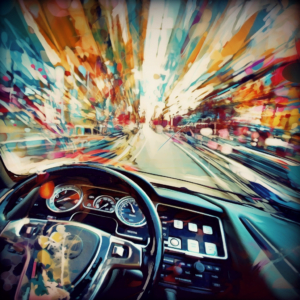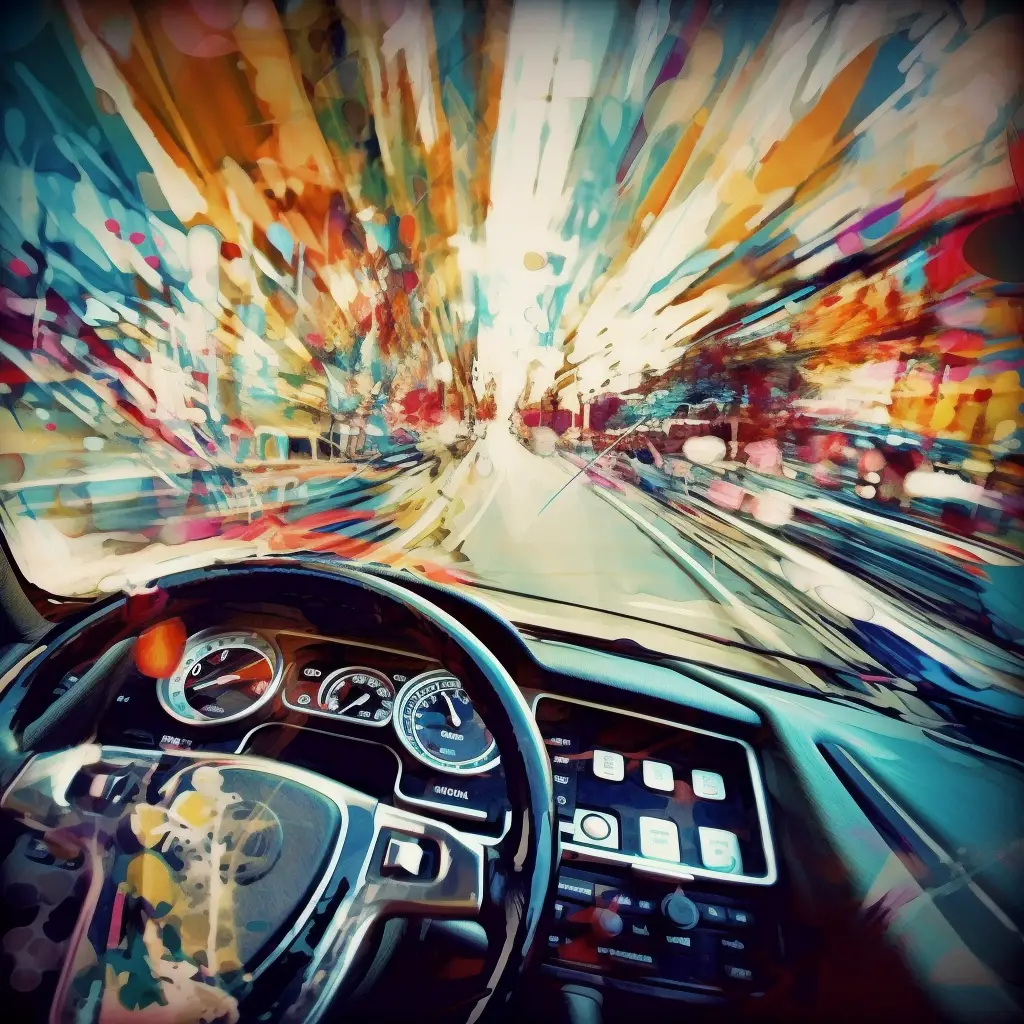
In psychology, drive is an aroused state of tension usually caused by an unmet need. Hunger or thirst are drives that motivate an organism to behave in a way to reduce the need for that hunger or thirst. Simply put, when you’re hungry, it’s because your body needs food (usually), and hunger is the drive that motivates you to eat food to reduce the tension of the drive of hunger.
The Engine Behind Drive: How It Fuels Behavior
Drive is like the engine that powers behavior, helping people and animals navigate the twists and turns of life. It’s a crucial force in psychology, responsible for motivating organisms to seek out and satisfy their needs.
Types of Drives
Drives can be as varied as the colors of a rainbow, but they generally fall into two main categories: primary and secondary drives.
Primary Drives
Primary drives are like the basic building blocks of motivation, rooted in biological needs. They include drives like hunger, thirst, and the need for sleep. These drives are essential for survival and well-being.
Secondary Drives
Secondary drives are like the icing on the cake of motivation. They’re not directly linked to biological needs but are still important for overall well-being. Examples include the need for achievement, social connections, and self-esteem.
Drive-Reduction Theory: The GPS of Motivation
Drive-Reduction Theory is like a GPS system for motivation, guiding people and animals toward their goals. It’s a psychological theory that explains how drives work to push organisms into action.
How Does Drive-Reduction Theory Work?
According to Drive-Reduction Theory, drives create an uncomfortable state of tension that needs to be reduced. To do this, organisms must engage in behaviors that satisfy their needs and bring them back to a state of balance or homeostasis. It’s like a thermostat that helps maintain the perfect temperature for motivation.
Examples of Drives in Everyday Life
Drives are like invisible strings that pull people and animals toward their goals. Let’s explore some examples of how drives show up in everyday life.
Hunger Drive
Hunger is a powerful drive that motivates people to seek out and consume food. It’s like a rumbling stomach, reminding people that it’s time to fuel up and satisfy their hunger.
Thirst Drive
Thirst is another essential drive that pushes people to drink water or other liquids when their bodies need hydration. It’s like a parched throat, signaling the need for a refreshing drink.
Sleep Drive
The sleep drive is like a comfy pillow, luring people to rest and recharge after a long day. It helps ensure that people get the rest they need to function at their best.
Achievement Drive
The achievement drive is like a shiny trophy, motivating people to work hard and strive for success. It pushes people to set goals, overcome obstacles, and reach their full potential.
Harnessing the Power of Drives in Psychology
Understanding drives is like unlocking the secret code of motivation. By tapping into the power of drives, people can learn to harness their motivation and work toward their goals more effectively.
Psychologists can use the concept of drives to develop strategies and interventions that help people satisfy their needs and improve their well-being. So the next time experiencing a powerful drive or feeling stuck in a rut, remember the importance of drives in psychology and use them as a guide to help navigate the road to success.





